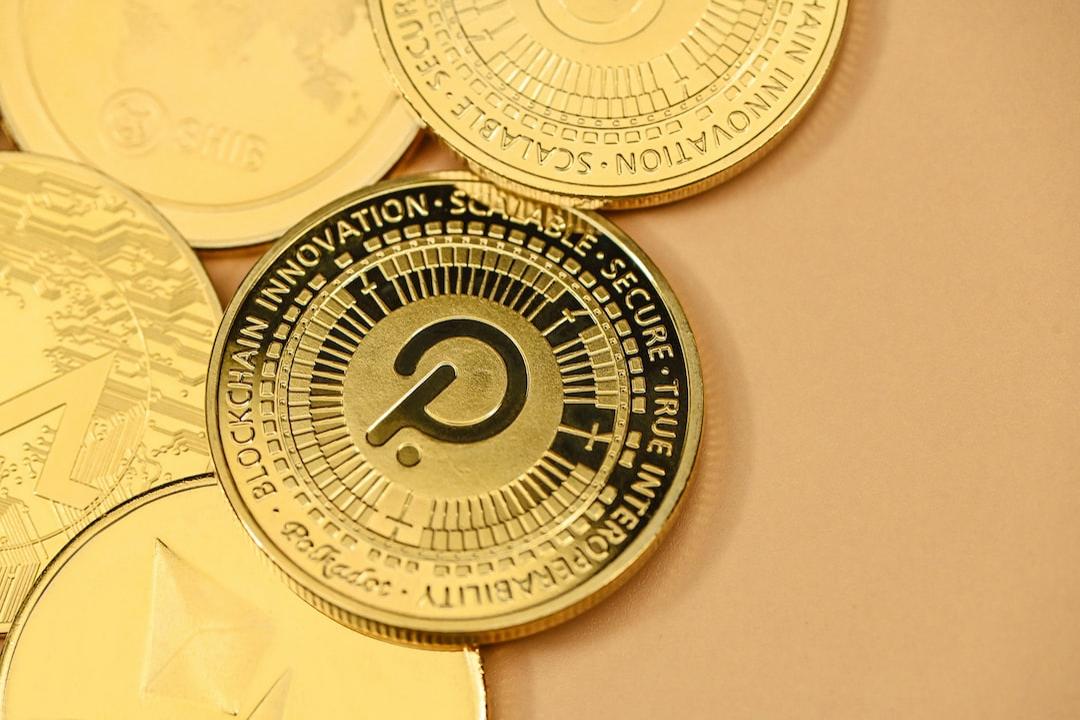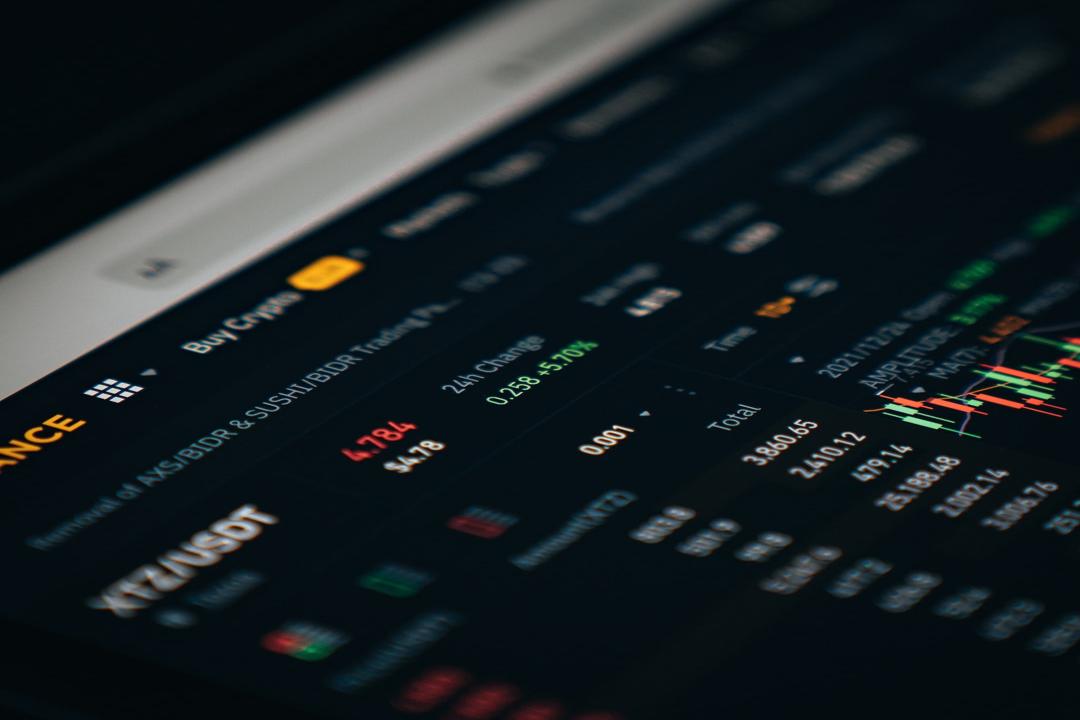Following the popularity of Dogecoin (WIF), meme coins BOME and SLERF on Solana have ignited the cryptocurrency community. However, there are mixed opinions about meme coins as a unique type of cryptocurrency. This article, written by yuga.eth, is sourced from Deep Tide TechFlow and has been translated, compiled, and written by the same organization.
(I. Introduction:
Is investing in meme coins like buying lottery tickets? Andrew Kang: Memecoins are investments! The scale is at least a hundred times higher.)
(II. Background:
When speculation becomes a new form of consumption, how should we correctly understand memes?)
I believe that meme coins are beneficial to society. Even in the field of cryptocurrencies, this is a controversial stance. Many people think that meme coins divert attention from the core technological innovations of cryptocurrencies, and some claim that they are essentially worthless.
Overall, I think meme coins are good because they reflect the commitment of society to uphold digital property rights through a free and open market. Meme coins are one of the purest expressions of citizens exercising transaction freedom, where people do not need to justify their legitimate purchases and sales. Their preferences should be the arbitrators of economic decisions, highlighting the principles of individual autonomy and market freedom.
On the contrary, in most markets (excluding those that have overwhelming effects on national interests), regulatory agencies or legislators do not need to decide what can or should be bought and sold. Restricting the meme coin market based on personal preferences is against the broader concept of a free market. Limiting the meme coin market based on personal preferences is against the broader concept of a free market.
Regardless of whether meme coins have intrinsic value, the above arguments hold true, but the assumption that meme coins are fundamentally worthless is becoming increasingly untenable. One intuitive indicator is market price. For example, Dogecoin had a minimum market value of $7.7 billion during the 22-year bear market.

DOGE from 2020 to present
This puts DOGE’s market value on par with that of News Corporation (the parent company of FOX News and also a company in the S&P 500 index) at the time, which had a market value of $9.1 billion. Even during periods of cryptocurrency downturns and high interest rates, the market continues to reflect the significant value of DOGE.
There are many explanations for this, ranging from skepticism to ideology. Skeptics may argue that those who hold a large amount of DOGE have an incentive to prevent the price from falling to a certain extent, and therefore support the price by further buying. Cryptocurrency ideologists may consider all currencies, including the US dollar, as meme coins because their value comes from social conventions, which is a form of imitation or meme. (As economist Paul Krugman once said, fiat money is supported by “people with guns,” making meme coins appear more benign compared to their alternatives.)
I believe that both of these explanations are correct to varying degrees, along with a third explanation: meme coins are primarily a cultural phenomenon rather than a financial one. They are channels for people to express collective humor, dissent, or friendship through new technologies. Through meme coins, people form communities around shared jokes, cultural moments, or socio-political sentiments, enabling them to participate in a digital form of expression that goes beyond traditional financial mechanisms. Meme coins become symbols of shared identity or causes, and their value comes not only from market dynamics but also from the popularity of the values they reflect.
It is easy for people to view these activities as “financial nihilism”: as Joe Weisenthal wrote in the tweet below, it is an extreme distrust of the existing system and a desire to undermine it by exposing its absurdity.

In fact, some parts of meme coin activities are likely driven by financial nihilism. This sentiment reflects a broader trend of pessimism, fueled by factors such as inflation, uncompetitive wages, unaffordable housing, unsustainable sovereign debt, and political polarization.
However, when people try to scrutinize or deny financial nihilism as a philosophical viewpoint, things become interesting. The so-called “financial laws” are neither inviolable nor inherently moral; in fact, they cannot even be consistently observed. It was not until the 1950s that investment banks used the discounted cash flow model as a method for valuing companies based on research by scholars such as Fisher, Modigliani, and Miller.
Similarly, the concept of “risk-free rate” is a product of the capital asset pricing model invented by Treynor et al. in 1962, which is less than 70 years ago. These relatively new concepts are difficult to be called moral standards; they are simply theories with different predictive effectiveness. So why is questioning the traditional system often classified as a moral failing rather than a critical exploration of its effectiveness?
One answer is that those who have vested interests in the current system, especially those working in traditional finance and the regulatory institutions surrounding it, want to maintain it. To do so, they need to reject any challenge to the system, including cryptocurrencies and meme coins. The complete denial of financial nihilism demonstrates a bias towards maintaining the current financial order without considering the existence of any alternative.
Another answer is that people believe meme coins are filled with scams and fraud, and there is some truth to this. Supporters of meme coins should demand honesty and transparency from their communities as they do for price increases. I suspect that many of the most prominent voices opposing meme coins are those who have been deceived in some way and I sympathize with them. Those who engage in fraudulent activities should be held accountable by the community or the state.
Some scams are meme coins, but not all meme coins are scams. In this regard, I will disclose the meme coins I hold. This is by no means financial advice, and any of these meme coins could go to zero. Instead, it is an expression of my personal cultural sentiment and a commitment to transparency:
MOCHI: The cutest on-chain cat. I believe cuteness is a universal value that can unite people, and I also love cats.
TOSHI: The highest-valued cat on-chain at the moment.
JENSEN: A community based on the NVIDIA CEO.

I recently tweeted the following statement:
This statement may sound sarcastic, but there are unexpected similarities between the two:
Based on community values:
Meme coins and social security both rely on collective belief. The value of meme coins comes from community consensus, similar to the effectiveness of social security rooted in societal commitment.
Redistribution mechanisms:
Meme coins and social security both redistribute wealth. Meme coins redistribute wealth among investors, while social security redistributes income from the current workforce to retirees.
Dependency on new participants:
The sustainability of meme coins depends on attracting new investors, similar to how social security needs to continuously attract contributions from the working population to pay for retiree benefits. The difference is that social security faces bankruptcy risks.
As a form of cultural expression, meme coins need time to gain people’s trust, especially in an industry that has been entrenched in dogmas about what value is for decades. But even without that, meme coins have social value because they are important touchstones for testing financial freedom. Fraud should be eradicated, and at the same time, people should have the right to transact using any medium, including meme coins.
Further reading:
Missed out on Solana meme coins? Bankless: 5 tools to catch a thousand-fold explosion!
Related reports
Meme coin SLERF raises 50,000 SOL and accidentally burns them all, founder apologizes: “I’m ready to go to jail”… Token skyrockets.
What is meme coin premium? How to make money in a bull market using this trick.
Musk posts picture of dog hat, WIF “immediately surges 20%” and returns to $3, why does he frequently mention meme coins related to dogs?


